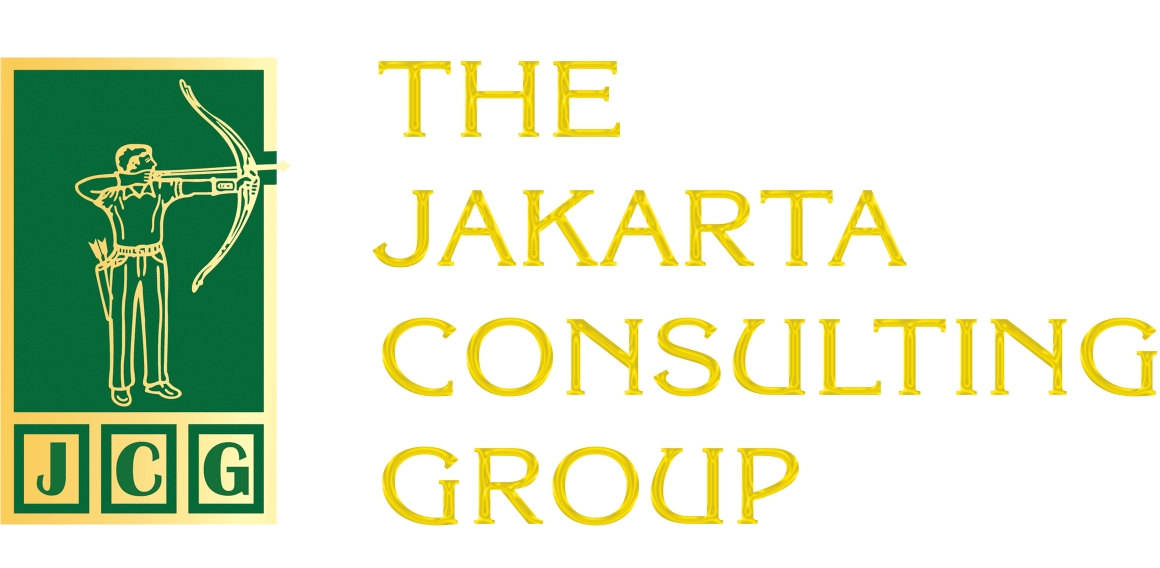In the modern workplace, being positive seems to have become an obligation. Leaders are required to always be optimistic, employees are encouraged to see the silver lining in every problem and maintain high work motivation. Meanwhile, companies are competing to portray themselves as fun and happy workplaces. While it is important to build resilience and engagement, this push to always be positive can backfire if it is forced—a phenomenon known as toxic positivity.
Toxic positivity occurs when companies or leaders impose an atmosphere of optimism at all times, without allowing room for the emotions, concerns, or negative realities felt by employees. This excessive pressure to always be enthusiastic creates a work culture where real problems are suppressed, criticism is silenced, and sincerity is lost. This is the dark side of excessive motivation—a positivity that actually poisons the organization.
Characteristics of Toxic Positivity
Essentially, toxic positivity is not simply being positive or having high work motivation. This term emphasizes an organizational culture that belittles or ignores negative emotions. It’s like saying “don’t be sad, stay enthusiastic!” to a colleague who is exhausted, severely stressed, or feels unfairly treated.
A positive attitude can indeed help build resilience, work motivation, and spur creativity. However, when an organization demands positivity as an obligation, it can turn into pressure. Employees feel they have to “smile” even though they are struggling, because they are worried that if they express their exhaustion, they will be seen as lacking solidarity or enthusiasm.
Over time, this forced cheerfulness creates a gap between actual feelings and required expressions. This creates emotional exhaustion and feelings of isolation.
Excessive Work Motivation Culture

Many organizations, especially fast-paced ones, are caught up in excessive motivation.
Motivational slogans, boisterous meetings, and team building events aim to keep team morale high. Unfortunately, without balancing this with recognition of the realities employees face, these efforts backfire.
This excessive work motivation usually appears in several forms.
Unrealistic optimism. Leaders constantly emphasize that everything is and will be fine.
- In fact, the reality is quite different. Employees will hide bad news for fear of being labeled pessimistic. This creates the risk of misguided decision-making.
- The growth of a “yes man” culture. In an environment that prioritizes positivity, constructive criticism is often equated with complaining or even insubordination. Those who dare to voice their concerns are marginalized.
- People are forced to always appear happy, even when they are tired or sad.
The Psychological Impact of Forced Positivity
Toxic positivity erodes one of the basic needs in organizational dynamics: authenticity. When employees cannot express their true feelings, they withdraw psychologically.
The resulting effects are stress and emotional exhaustion from being forced to constantly pretend to be happy; a decline in trust and openness, which stifles innovation and allows problems to pile up until they explode uncontrollably; a loss of work motivation; and viewing the organization’s slogan as meaningless rhetoric.
In extreme cases, toxic positivity can even cause moral injury—the emotional distress that arises when a person feels compelled to betray their own values, such as honesty or empathy, in order to conform to the organization’s optimistic narrative.
Leaders Exacerbate the Problem
Without realizing it, many leaders often contribute to toxic positivity. They assume that positivity is synonymous with good leadership. Many leadership training programs teach how to “inspire” and “motivate work,” but rarely equip leaders with the ability to validate uncomfortable feelings or acknowledge the fatigue felt by their followers.
Common mistakes leaders make include making statements without considering other people’s feelings; prioritizing praise for employees who always appear cheerful, regardless of the size of their contribution to the organization; and instead of empathizing, delivering words that seem inspirational but are inappropriate for the time and place.
Building a Healthy Emotional Climate

To counteract this toxic positivity, leaders must be honest. Not only honest in words and deeds, but also in emotions. For example, if the company is indeed experiencing a difficult year, admit it. The door to sincere conversation will open. Employees will feel valued.
Change the perspective from “always be happy” to “always have hope.” Hope acknowledges that there are difficulties, but remains confident that there is always a way out. This reframing keeps work motivation alive and at the same time does not deny or ignore reality.
Build a culture where everyone is free to express their opinions without fear. Hold open discussions to gather different points of view. Amy Edmondson’s research proves that teams with a sense of psychological safety excel because they dare to talk about failure.
Leaders must have active listening skills. This is a form of empathy. Empathy is better than mere words of motivation, especially those that are shallow and cliché.
However, keep in mind that this does not mean positivity is unimportant. Positivity helps people bounce back from failure and sparks creativity. However, positivity is only a tool. If not used properly, it can actually harm the organization.
Healthy work motivation does not deny reality, but rather faces it. The most successful organizations are those that are able to balance inspiration with introspection, enthusiasm with empathy, and vision with humility.
#toxic positivity #motivation #negative emotions #pressure #criticism #emotional exhaustion #moral injury #leadership #expectations #listening skills
Related Posts:
Five Essential Funds vs. Paylater: Financial Management Strategies that Impact Engagement and Wellbeing
Understanding the Phenomena of Job Hugging & Job Hopping in the World of Work in 2025
When Organizational Culture Loses Its Way: The Risk of an Overly Flexible Structure
When Google’s Business Domination is on the Line
Local vs Global Business Ethics: Management Challenges in Multinational Corporations











